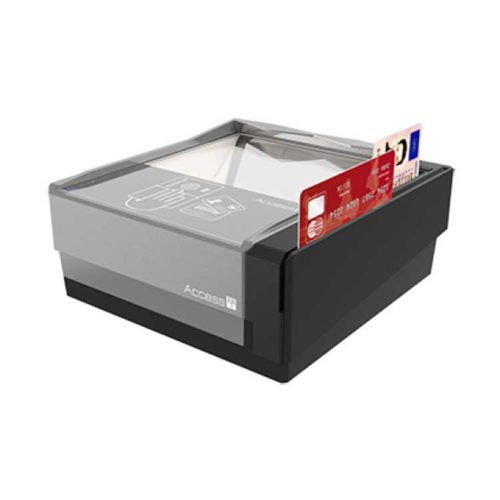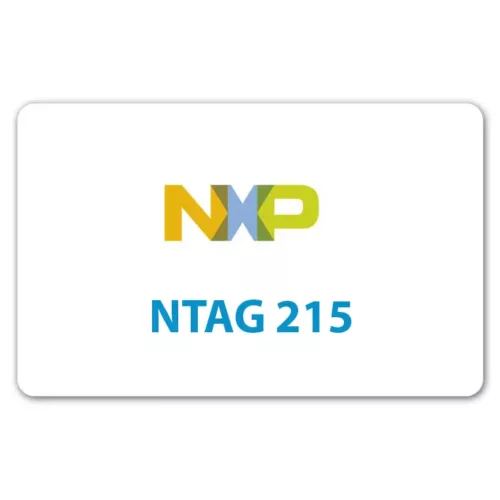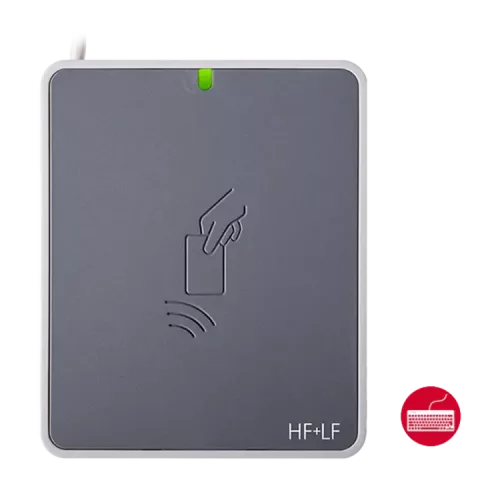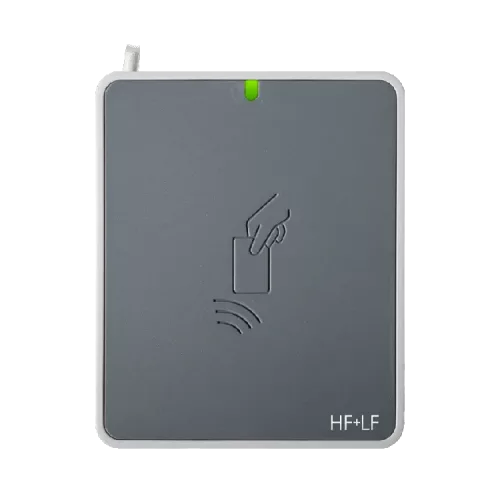RFID (Radio Frequency IDentification) is the wireless non-contact use of radio frequency waves to transfer data. RFID systems usually comprise an RFID reader, RFID tags, and antennas. RFID is similar to barcoding in that data from a tag or label are captured by a device that stores the data in a database. RFID, however, has several advantages over systems that use barcode asset tracking software.
RFID tag consists of an integrated circuit and an antenna. The tag is also composed of a protective material that holds the pieces together and shields them from various environmental conditions. The protective material depends on the application. For example, employee ID badges containing RFID tags are typically made from durable plastic, and the tag is embedded between the layers of plastic. RFID tags come in a variety of shapes and sizes and are either passive or active. Passive tags are the most widely used, as they are smaller and less expensive to implement. Passive tags must be “powered up” by the RFID reader before they can transmit data. Unlike passive tags, active RFID tags have an onboard power supply (e.g., a battery), thereby enabling them to transmit data at all times. For a more detailed discussion, refer to this article: Passive RFID Tags vs. Active RFID Tags.
Passive transponders or tags are available in three different RFID frequency ranges: Low frequency (LF), high frequency (HF) and ultra high frequency (UHF). The reading range of LF and HF systems is usually only a few centimeters. UHF tags, however, are often readable over distances of more than one meter.
Smart labels differ from RFID tags in that they incorporate both RFID and barcode technologies. They’re made of an adhesive label embedded with an RFID tag inlay, and they may also feature a barcode and/or other printed information. Smart labels can be encoded and printed on-demand using desktop label printers, whereas programming RFID tags are more time consuming and requires more advanced equipment.
NFC (Near-Field Communication) is also based on the RFID protocols. The main difference to RFID is that a NFC device can act not only as a reader, but also as a tag (card emulation mode). In peer-to-peer mode, it is also possible to transfer information between two NFC devices.
NFC systems operate on the same frequency as HF RFID (13.56 MHz) systems. Therefore, there are only short read range limitations.




